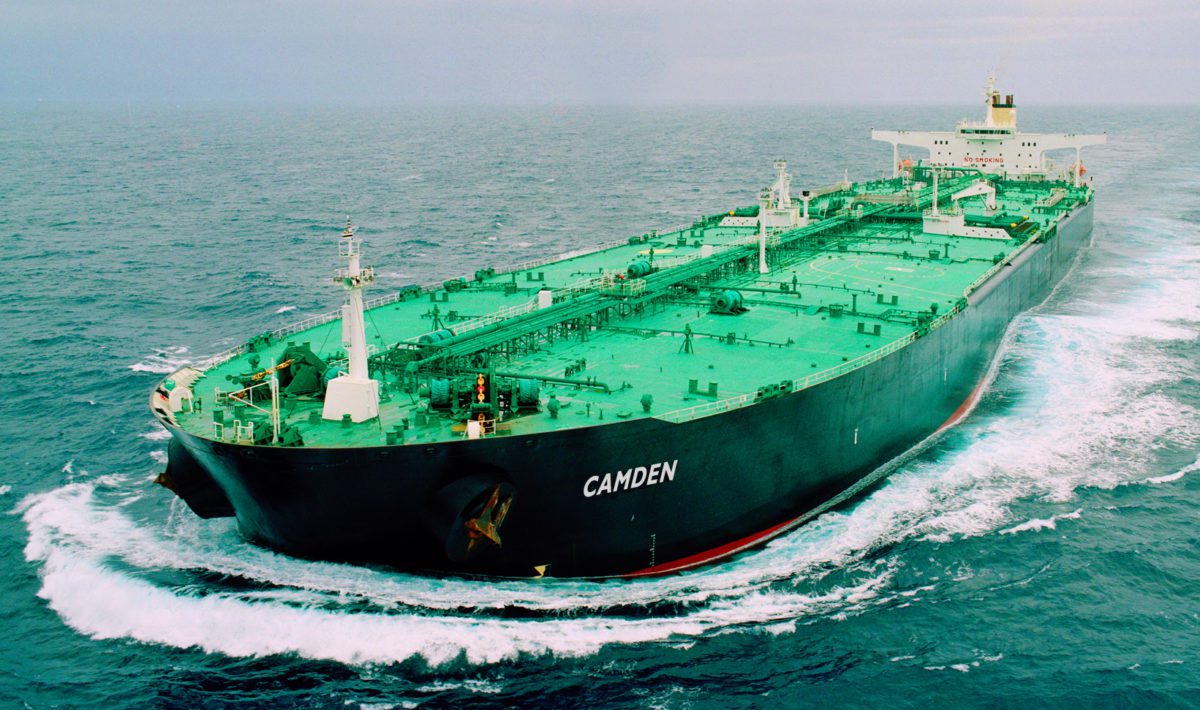The thing which killed the age of sail was the Suez canal.brewster wrote: Sun Jun 09, 2019 7:50 pmPamir, a four-masted barque, was one of the famous Flying P-Liner sailing ships of the German shipping company F. Laeisz. She was the last commercial sailing ship to round Cape Horn, in 1949. By 1957, she had been outmoded by modern bulk carriers and could not operate at a profit.
She was built at the Blohm & Voss shipyards in Hamburg, launched on 29 July 1905. She had a steel hull and tonnage of 3,020 GRT (2,777 net). She had an overall length of 114.5 m (375 ft), a beam of about 14 m (46 ft) and a draught of 7.25 m (23.5 ft). Three masts stood 51.2 m (168 ft) above deck and the main yard was 28 m (92 ft) wide. She carried 3,800 m² (40,900 ft²) of sails and could reach a top speed of 16 knots (30 km/h). Her regular cruise speed was around 8-9 knots.
She was the fifth of ten near-sister ships. She was commissioned on 18 October 1905 and used by the Laeisz company in the South American nitrate trade. By 1914, she had made eight voyages to Chile, taking between 64 and about 70 days for a one-way trip from Hamburg to Valparaíso or Iquique, the foremost Chilean nitrate ports at the time.
Think about it. This ship was one of 10, launched only 1/2 dozen years before the Titanic. The economy of the time said sail was a viable choice to make money. But this was about the time Rockefeller & Standard Oil were changing the landscape of the petro industry, and oil fired diesels & turbines were replacing coal at sea.
This is a riot, deja vu all over again! Https://www.nytimes.com/1981/12/06/maga ... power.htmlYes, almost 40 years ago when the world economy had had it's ass kicked by oil shocks, people were taking sails for cargo ships seriously. Then oil prices dropped, and um, never mind. As always, innovation is all in the numbers.If sail-assisted power is indeed imminent, as many of its advocates believe, we stand on the threshold of a new era, one that may prove to be more dramatic and lasting than that of the old square-riggers. When we scan the ocean's horizon 20 years from now, we may see ships with sails unlike anything we have seen before -some with a solid wing sail like that of an airplane's airfoil, others with soft sails of synthetic fibers and plastics. And these sails will be automatically trimmed, and furled or unfurled, depending on the wind direction and velocity, by microcomputers on the ship's bridge.
It was the inability to navigate the canal under sail.
Steamers didn't have to round the Cape and could knock weeks off the time from the East to Europe.
Oceans full of commercial sailboats would be a beautiful thing.




